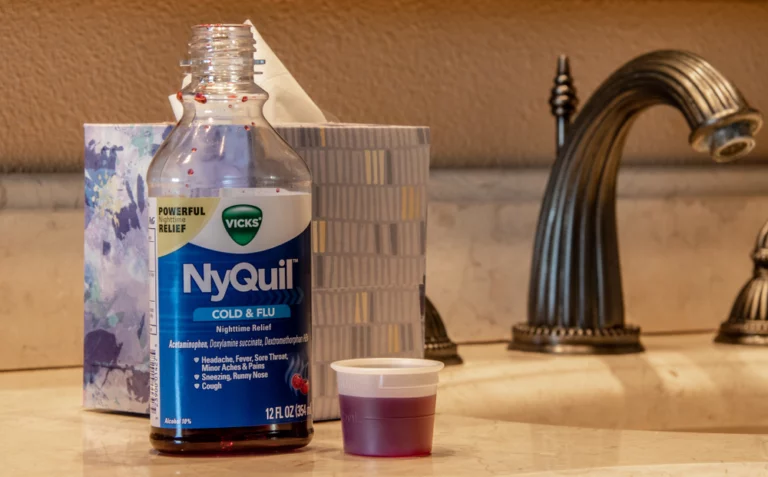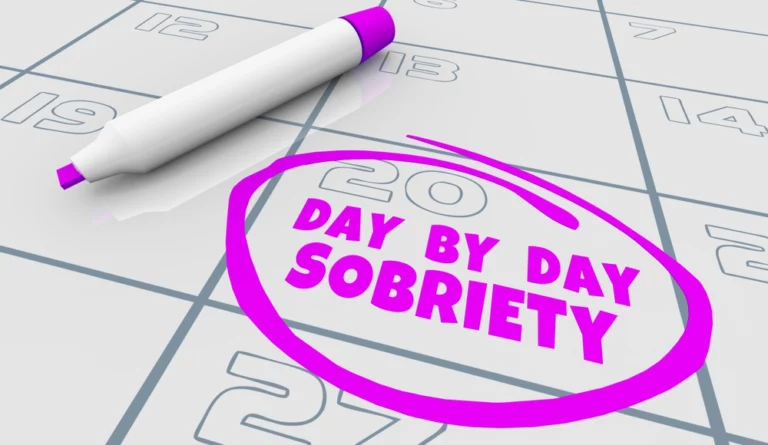Xanax, a commonly prescribed medication for anxiety and panic disorders, can be incredibly effective when used as directed. However, due to its potent sedative effects, misuse or accidental overconsumption can lead to dangerous consequences, including the risk of a life-threatening overdose.
Recognizing the signs of a Xanax overdose is essential for anyone who takes this medication or knows someone who does, as early identification can mean the difference between life and death. Symptoms such as extreme drowsiness, confusion, slowed breathing, and loss of consciousness are key signs of a Xanax overdose that demand immediate medical attention.
In this article, we delve deeper into the critical signs of a Xanax overdose, explaining why they occur and how they affect the body. We also provide actionable steps to take if you suspect an overdose, as well as prevention strategies to minimize risks. Whether you’re a patient, caregiver, or concerned loved one, understanding the signs of a Xanax overdose could save a life. By staying informed, you can help ensure safety and promote responsible use of this powerful medication.

Understanding Xanax and Its Risks
What is Xanax and Why is it Prescribed?
Xanax (alprazolam) is a prescription medication belonging to the benzodiazepine class, primarily used to treat anxiety disorders, panic attacks, and sometimes insomnia. It works by enhancing the effects of gamma-aminobutyric acid (GABA), a neurotransmitter that calms the brain and nervous system, providing rapid relief from symptoms of anxiety and panic.
Due to its fast-acting nature, Xanax is highly effective for short-term management of these conditions. However, because of its high potential for dependence and misuse, doctors typically prescribe it cautiously and for limited durations.
Despite its therapeutic benefits, Xanax carries significant risks, especially when taken in high doses or combined with other depressants like alcohol or opioids. One of the most severe dangers is overdose, which can be fatal if not treated promptly. Recognizing the signs of a Xanax overdose—such as extreme drowsiness, confusion, slurred speech, impaired coordination, slow or shallow breathing, and unconsciousness—is crucial for ensuring timely medical intervention. Since Xanax depresses the central nervous system, an overdose can lead to respiratory failure, coma, or even death.
Understanding why Xanax is prescribed and its potential risks helps users and caregivers stay vigilant. If someone exhibits the signs of a Xanax overdose, seeking emergency medical help immediately can save their life. Always follow dosage instructions carefully and never mix Xanax with other substances without consulting a doctor to minimize the risk of an overdose.
Factors Contributing to Overdose
Poly Drug Use
Xanax (alprazolam) is dangerous enough on its own in high doses, but the risk of a fatal overdose rises dramatically when combined with other substances—a practice known as poly drug use. Many people mix Xanax with alcohol, opioids, or other sedatives to intensify its effects, unaware that this significantly suppresses the central nervous system (CNS). Since all these substances slow breathing and heart rate, combining them can lead to respiratory depression, coma, or death.
One of the most common and deadly combinations is Xanax with opioids (such as oxycodone or fentanyl), which accounts for a large percentage of fatal overdoses. Similarly, mixing Xanax with alcohol amplifies sedation, increasing the likelihood of blackouts, slowed reflexes, and life-threatening respiratory failure. Even stimulants like cocaine or amphetamines, which some use to “balance” Xanax’s effects, can mask overdose symptoms until it’s too late.
Recognizing the signs of a Xanax overdose—such as extreme drowsiness, unresponsiveness, weak pulse, and blue-tinged lips—is critical, especially in poly drug use cases. If these symptoms appear, immediate medical intervention is necessary. To reduce risks, avoid mixing Xanax with other substances and follow prescribed dosages strictly. Understanding these dangers can help prevent tragic outcomes.

Recognizing the Signs of a Xanax Overdose
Physical Symptoms to Watch For
Spotting the physical indicators of a Xanax overdose early can save lives:
- Extreme Drowsiness: One of the earliest signs of a Xanax overdose includes profound drowsiness or difficulty staying awake.
- Confusion or Impaired Coordination: Individuals may experience confusion, slurred speech, and a lack of coordination.
- Respiratory Depression: Slowed or labored breathing is a serious sign that requires immediate medical attention.
- Seizures: In severe cases, seizures may occur, indicating a critical situation needing urgent care.
Behavioral Changes and Mental Alertness
- Mental Dullness: A noticeable decrease in mental alertness or cognitive abilities can be a warning sign.
- Agitation or Irritability: Overdoses can also result in unusual levels of irritability or agitation in some cases.
Responding to a Suspected Xanax Overdose
Immediate Actions to Take
Time is of the essence when dealing with a potential overdose:
- Call Emergency Services: Do not delay in calling 911 if you suspect someone has overdosed.
- Keep the Person Awake: If possible, try to keep the individual awake and alert until help arrives.
- Provide Information: Share any relevant information with emergency responders, such as the amount of Xanax taken and any other substances involved.
Aftercare and Medical Intervention
- Hospitalization: Treatment for a Xanax overdose may include hospitalization to monitor vital signs and administer necessary interventions.
- Support Systems: Engage with support systems post-crisis, including counseling or rehabilitation programs, to prevent future incidents.

FAQs about Xanax Overdose
What should I do if I suspect a Xanax overdose?
If you suspect someone is experiencing a Xanax overdose, acting quickly could mean the difference between life and death. The first and most critical step is to call 911 immediately. Time is of the essence when dealing with a potential overdose, as delayed treatment can lead to severe complications, including respiratory failure, coma, or even death.
While waiting for emergency responders, try to keep the person awake and alert if possible. Gently talk to them, ask them questions, and encourage them to stay conscious. If they are unconscious but still breathing, place them in the recovery position (on their side) to prevent choking in case of vomiting. Never leave them unattended, as their condition could worsen rapidly.
Be prepared to provide first responders with important details, such as:
- The amount of Xanax taken (if known)
- Whether other substances (alcohol, opioids, etc.) were also consumed
- Any pre-existing medical conditions
- The time the drug was last taken
Recognizing the signs of a Xanax overdose—such as extreme drowsiness, confusion, slowed or shallow breathing, weak pulse, bluish lips or fingernails, and unresponsiveness—is crucial for early intervention. If these symptoms are present, do not wait for them to worsen before seeking help.
Avoid giving the person food, water, or other home remedies, as this could lead to choking or aspiration. Do not try to induce vomiting unless instructed by a medical professional. The safest course of action is to stay calm, call for emergency help, and follow dispatcher instructions until paramedics arrive.
Preventing a Xanax overdose starts with proper medication use, but knowing how to respond in an emergency can save lives. Always keep emergency numbers handy and educate those around you about the signs of a Xanax overdose to ensure swift action when needed.
How can I prevent a Xanax overdose?
The most effective way to avoid a Xanax overdose is to always follow your healthcare provider’s instructions precisely regarding dosage, frequency, and duration of use. Xanax (alprazolam) is a powerful benzodiazepine that can cause dependence and dangerous side effects if misused, so never take more than prescribed or use it longer than recommended. If you feel your current dosage isn’t effective, consult your doctor—never self-adjust your medication, as this significantly increases the risk of a Xanax overdose.
One of the most critical precautions is to avoid mixing Xanax with other substances, especially alcohol, opioids, or other central nervous system (CNS) depressants. Combining Xanax with alcohol or sedatives can lead to enhanced depressive effects, dramatically increasing the likelihood of severe respiratory depression, unconsciousness, or even fatal overdose. Many accidental overdoses occur because individuals underestimate how dangerously these substances interact.
Additionally, be aware of the signs of a Xanax overdose, which include:
- Extreme drowsiness or inability to stay awake
- Confusion, slurred speech, or impaired coordination
- Slow, shallow, or labored breathing
- Weak pulse, low blood pressure, or bluish lips/fingernails
- Unresponsiveness or loss of consciousness
If you or someone you know exhibits these signs of a Xanax overdose, seek emergency medical help immediately. Prevention is always better than reaction, so:
- Store Xanax securely to prevent misuse by others
- Never share your prescription, even with someone who has similar symptoms
- Discuss alternative treatments with your doctor if you have a history of substance misuse
By following these guidelines, you can minimize risk and better recognize the signs of a Xanax overdose and use this medication safely as part of your treatment plan. Stay informed, stay cautious, and prioritize your health above all else.
What are the long-term effects of Xanax misuse?
Long-term misuse can lead to dependency, cognitive impairments, and increased anxiety. Continuous misuse heightens the risk of overdose and requires professional intervention for recovery.

Ensuring Safety and Health
Recognizing the signs of a Xanax overdose is critical for timely intervention and the safety of individuals who rely on this medication for anxiety management. By adhering to prescribed dosages and being aware of potential interactions, you can minimize the risk of overdose. If you or someone you know is dealing with Xanax misuse, reaching out for help is a vital step. Contact us Knoxville Recovery Center for expert guidance and support, or call us to explore recovery options, additional signs of a Xanax overdose, and prevent future overdoses.
For additional information on dealing with substance use, explore Knoxville Recovery Center’s services.







